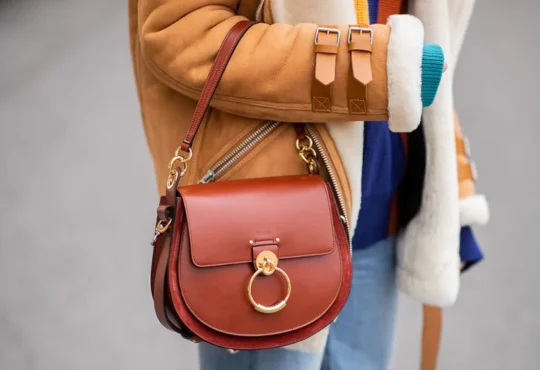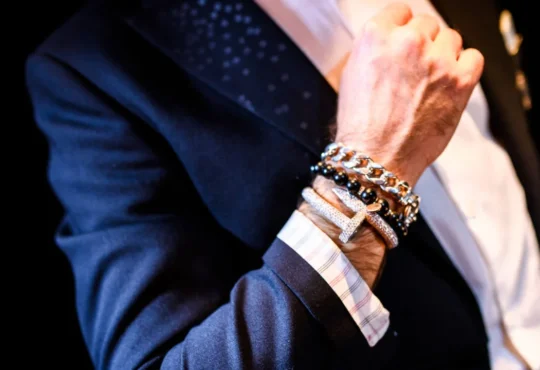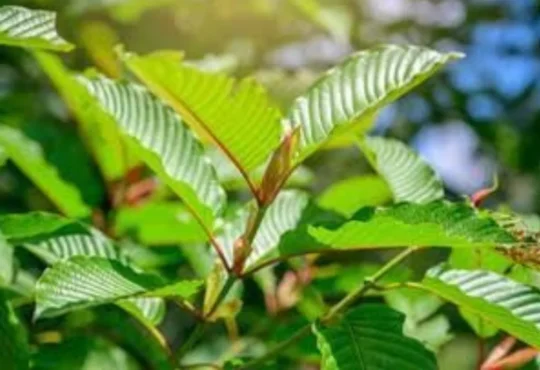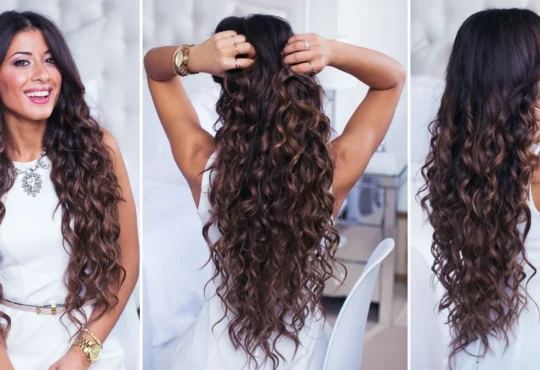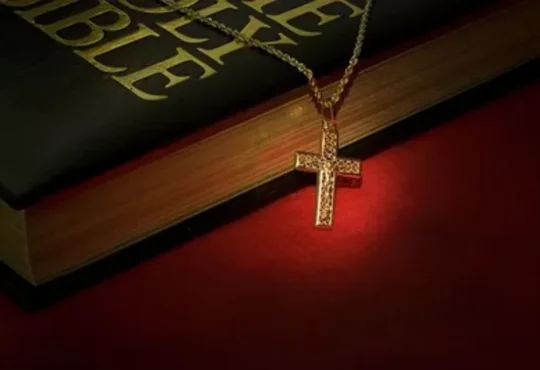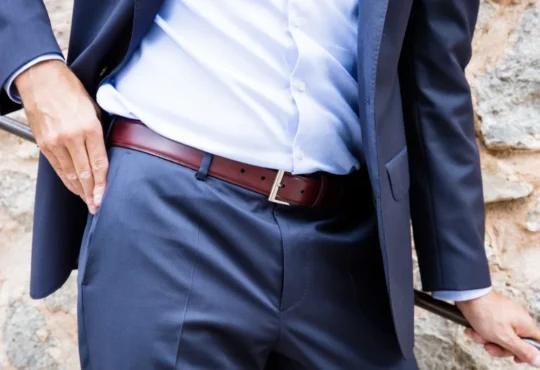Projections for the diamond industry are optimistic if reports are anything to go by. As of 2022, the market share was $2.43 billion. Experts estimate it could grow at an annual compound rate of 5.2% to $2.55 billion by the end of 2023. The diamond market growth is attributable to increased demand due to the availability of disposable income.
So why is it that people gravitate toward diamonds? The most obvious reason would be how valuable they are. High-quality stones are extremely rare. This makes them a much sought-after item.
There is also the symbolism that people attach to diamonds. For centuries the rocks have been a sign of Undying love and commitment. We also must remember that owning diamonds is a sign of exclusivity and class.
So when shopping for diamonds, the focus is usually on high-quality diamonds. That means you must have a basic understanding of the 4Cs. This refers to cut, clarity, carat, and color.
But only a few people know about VVS diamonds.
So what do VVS diamonds mean, and are they worth it? And why should you have this knowledge the next time you go shopping for diamonds?
VVS Diamonds Meaning
You are out shopping for your diamond engagement ring. You have taken the time to understand the 4Cs we referred to above. When it comes to pricing, the quality and size of carats have a significant role to play. But what you need to pay attention to is understanding the clarity grade.
So let’s start with a basic understanding of clarity as it refers to diamonds. It will become easier to see how it relates to VVS diamonds.
Understanding Diamond Clarity
If you look at a diamond, it becomes easy to see whether it has blemishes or flaws. You will find references to the latter as inclusions. VVS diamonds are those that are very very slightly included. That means seeing the flaws with the naked eye or even under magnification will be difficult. You will understand the point better as we delve further into the topic.
Diamond formation occurs under intense pressure and heat on carbon. Tiny minerals or other materials may enter the diamonds during the cooling process. The diamond encases and hardens over the foreign material, thus making them part of the stone.
In the end, you get a diamond with inclusions that look like feathers, clouds, crystals, or needles. The more inclusions, the less transparency, and brilliance the stones will have.
Now, it is essential to distinguish between an inclusion and a blemish. The inclusion is the addition of minerals in the diamonds, as we have explained above. A blemish is an external imperfection on the surface of the stone. It can, for instance, occur due to cutting or polishing processes.
Blemishes can present as nicks, chips, scratches, or any other type of damage. The diamond handlers must take due care to avoid such incidents. Indeed the blemishes can result in cavities or cracks in the stones. Blemishes will affect the appearance and clarity of the diamonds.
As per the Gemological Institute of America (GIA), there are different grades for identifying diamond clarity. To see the different grades you will need a 10X magnification. These are:
- FL or flawless has zero blemishes or inclusions
- IF or internally flawless has no visible inclusions
- VVS1 and VVS2 have very very slight inclusions. Only skilled graders will be able to see the slight inclusions under the magnification
- VS1 and VS2 or very slightly included. You will require some expertise to see the inclusion under the magnification
- S11 and S12 or slightly included. You will notice the inclusions under the magnification
- I, II, and III or included. The inclusions are apparent and will impact brilliance and transparency.
Are VVS Diamonds Worth It?

With the GIA grading above, it is clear that VVS still fall in the high-quality grade, making them quite rare.
As we shared, you will not be able to see the inclusions with the naked eye or even under 10x magnification. Where inclusions are visible, they typically resemble clouds, feathers, or pinpoints. But we reiterate the fact that it will only be visible under high magnification.
But please note that determining a diamond’s worth does not reside solely in clarity. You must pay due consideration to the other C’s, which are cut, color, and carat.
An expert cutter can transform a low-clarity diamond into a fantastic product. Indeed, not many, if any, people looking would tell you that your diamond engagement ring or diamond tennis bracelet is not of the highest clarity grade.
The diamond color will also have a significant impact on the final look. A yellow tint, for example, will affect the visual impact of the stone.
Finally, the cut and shape determine whether you go for a VVS diamond. Cuts with larger facets will look great with VVS diamonds. Your emerald, marquise, or heart-shaped diamond engagement ring will look amazing due to the brilliance you get with higher-grade clarity diamonds. But you can save a lot of money by going for a larger carat on a VS scale.
What you should also know is that higher clarity grades are more expensive. True, they may not have the price tag of flawless diamonds. But you can still expect to spend a good chunk of change in purchasing a VVS diamond. Yet, that in itself makes them an excellent investment if you are buying diamonds to sell at a later date.
Other attributes of VVS diamonds include:
- Intense color saturation, making them brighter and more aesthetically pleasing
- Higher fire, which brings out amazing sparkle. That makes the VVS diamonds an excellent choice for accessories like diamond bracelets, pendants, engagement rings, and more.
- Better durability making them less likely to break or chip.
So are VVS diamonds real? Wonder no more. Not only are they real, but they are extremely rare and valuable.
VS vs VVS Diamonds: Exploring the Difference

The main difference between the VS vs VVS diamonds is the level of inclusion. But, as we said, you will not be able to see them with bare or naked eyes. You may only see the inclusions under magnification if you are a skilled diamond expert.
But on the GIA scale, VVS diamonds are higher up the grading scale than VS diamonds. That pushes up the price of the rare stones quite significantly.
Getting VVS diamonds is also quite hard because they are rare.
But hey, if you are choosing diamonds on either scale, consider yourself lucky. They are both excellent grades and a worthwhile investment. While they are not flawless, rest easy knowing no one can tell the difference.
VS1 vs. VS2and VVS1 vs. VVS2 Diamonds
You will have noticed that even within the grades, there are differences. So what does it mean?
First, the VS grading falls on a scale of 1 to 10. The higher you go up the scale, the higher the diamond quality.
So, both VS1 vs VS2 have minor inclusions that are quite difficult to see under 10x magnification. But VS1 is very slightly included. It has slight inclusions under the top or near the edge of the diamond.
VS2 has inclusions that may be easier to see under magnification than the VS1 diamonds. But you will still not be able to see them with the naked eye. That means this grade is lower than the VS1 diamonds.
The same applies to VVS1 vs VVS2 diamonds. The very very slight inclusions that you cannot see apply to both cases. But in VVS1, the inclusions sit under the top or near the edge.
In VVS2, the inclusions tend to be towards the center and may be more than in the case of VVS1.
So how do you decide between the two? Well, your taste and preference have a significant role. The same applies to how much you want to spend. But we must keep reiterating this fact. The other 4Cs have a significant role to play in the overall quality of the diamond.
VVS Lab Diamonds

There are two types and sources of diamonds. The first is the naturally occurring type that forms in the earth’s crust.
The second is lab created diamonds. You may also find references to them as man-made or synthetic diamonds. Stone creation occurs in lab settings using some of the most advanced technological processes. The manufacturers create conditions that perfectly mimic what happens in the formation of natural diamonds. And that includes the use of high pressure and high temperatures.
This is how the process of creating lab grown diamonds goes. The manufacturers place a tiny seed in a chamber containing high-pressure and high-temperature. They then release carbon gases that end up forming diamond crystals around the seed.
There is also another alternative of using low-pressure chambers and chemical vapor deposition. Microwaves and other methodologies activate carbon gases to form diamond crystals.
The question for many people is whether lab grown diamonds are as valuable as the naturally occurring types. The answer is, indeed, yes. The lab created diamonds go through the same GIA rating as the naturally occurring diamonds. That means they must meet the 4C standards of clarity, color, carat, and cut. It would be hard or next to impossible to tell the difference between lab created and natural diamonds.
Now it is important to note that inclusions can occur in lab created diamonds. As we said, the manufacturers simulate the natural environment, which results in a diamond formation. During the process, foreign material can find its way into the diamond, thus the inclusions.
But, the simulated environments tend to be cleaner than what you will find in the earth’s crust. The manufacturers also have more control over the lab environment. Thus, you will find fewer inclusions in VVS lab diamonds.
The same applies to blemishes like scratches and chips. As we stated already, improper handling or cutting can result in such imperfections.
Lab created diamonds are gaining popularity for one reason. They are much cheaper than naturally occurring stones. Yet there is no compromise on the 4Cs.
As of 2020, the market share was a staggering $19.3 Billion. The figure could rise to $49.9 billion if it sticks to the 9.4% CAGR projection. The figures are quite achievable with the increasing adoption of lab grown diamonds in different industries, including fashion and jewelry.
Flawless VVS Simulated Diamonds
When it comes to simulated diamonds, please note that they are very different from lab created diamonds. What you get are stones that mimic natural diamonds. But they comprise materials like moissanite and cubic zirconia.
Is it easy to identify simulated diamonds? The quick and simple answer is that no, it is not. It all comes down to the expertise of whoever cuts and polishes them. That is why some people will have cubic zirconia and try to pass them off as diamonds.
Another interesting point is that the experts use the same grading terms as you would find with natural diamonds. So, words like flawless and VVS will still describe the clarity of the simulated diamonds.
Like in the above cases, VVS simulated diamonds mean that there are inclusions. But, the inclusions are not visible to the naked eye.
So is it worthwhile to buy simulated diamonds? Well, they are a more affordable option for diamonds. But this is not to say that they are cheap. You may spend a little bit more on moissanite than cubic zirconia.
You also compromise on factors like durability. The stones tend to scratch easily and can break. You must exercise the utmost care with any VVS-simulated diamond accessories.
There is also the knowledge that you are not wearing the real thing. There is a certain prestige that comes from owning natural diamonds. And a VVS clarity grade means that you own very rare and expensive stones. But if you don’t mind that fact, then there is no harm in owning a few flawless or VVS-simulated diamond accessories.
Final Thoughts
Are VVS diamonds worth it? We can, with authority sa.
When shopping for diamond accessories, it helps to have a good idea of what to look for. We have gone into an in-depth analysis of VVS clarity grading. Even though they’re not flawless, such rocks are scarce and expensive.
But remember, many other factors go into determining the quality of diamonds. Do take time to educate yourself on the 4Cs. You don’t need to have expert knowledge. But it doesn’t hurt to have clarity on the basics.
The best advice is to shop from reputable dealers. Take time to do due diligence, read customer reviews, and check the dealer’s industry reputation. Some unscrupulous dealers will have no problem taking your hard-earned money. They will also have no issue selling you VVS diamonds while trying to pass them off as flawless.



